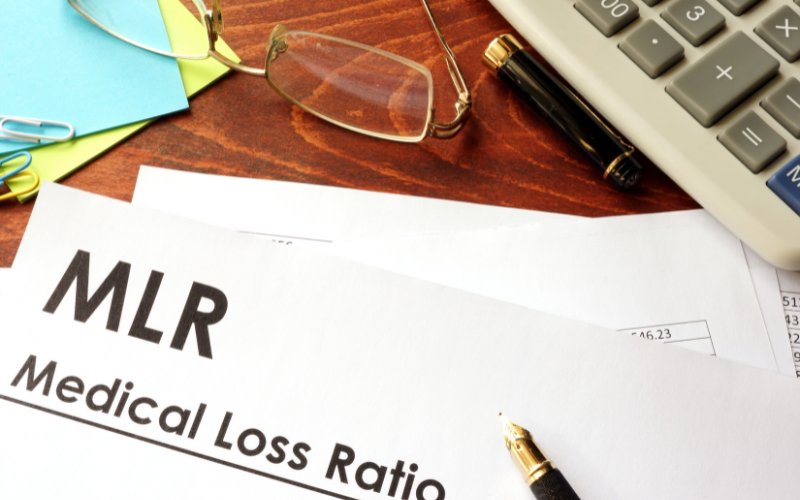Medical Loss Ratio Rebates
October 6, 2023

Insurance carriers are required, under the Affordable Care Act, to spend certain percentages of the premium amounts received on medical care and quality improvement. If the carrier fails to do so, they must rebate the difference to policyholders, as well as send notification letters to those enrolled in the plan(s). For individual and small group plans the carriers must spend 80%, for large group plans the carriers must spend 85% of premiums received.
What Deadlines Relate to MLR Rebates?
Carriers must send the rebates to policyholders by August 1st, following the previous calendar year period. For group plans, the employer is the policyholder.
For group policyholders/employers, any distributions to plan enrollees must be made within three months of the receipt of the funds.
How can an Employer Distribute the Funds to plan enrollees?
An employer must first determine what percentage or amount of the rebate is considered to be a plan asset. Generally, a plan asset is the proportional share of costs that employees contributed towards the premiums. Plan assets are required to be used for the exclusive benefit of those enrolled in the plan(s).
Employers may decide to issue rebates to current enrollees only, or current and prior year participants. If the cost of paying former enrollees that are no longer employed is equal to or greater than the rebate due to them, then it is permissible for current enrollees only to receive rebates.
Employers should keep in mind:
How Can Employers Determine Amounts to be Refunded to Enrollees?
Employers have several options available on how to calculate amounts to be refunded, such as evenly applying the amount to all covered participants, an amount based on each enrollee’s actual contributions, or in a manner that reasonably reflects each enrollee’s contributions. Employers are not required to refund cash amounts. Instead, employers may apply the amounts to future rate increases for enrollees or the employer may enhance benefits (such as additional coverage).
Employers should consider the cost of distributing payments to enrolled employees, the size of the rebate amounts due (such as a de minimis amount), and/or negative tax consequences. In the case of a de minimis amount, employers should document applying the funds to future premium payments or cost increases or enhancing the benefits.